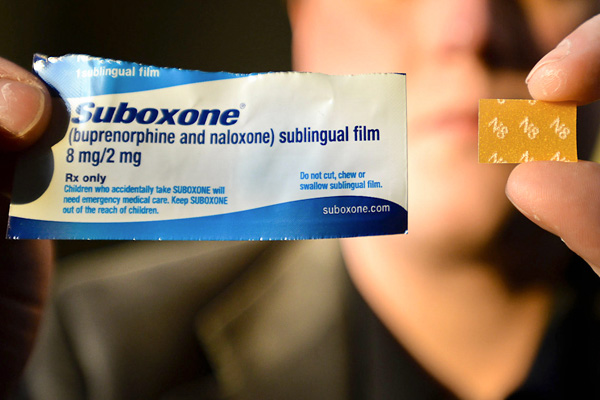DEPENDS ON WHO YOU ASK –
Nov. 16, 2013 – “I didn’t know you could overdose on Suboxone,” Mr. Verrill said in an interview at a federal prison in Otisville, N.Y. “We were just a bunch of friends getting high and hanging out, doing what 20-year-olds do. Then we went to sleep, and Miles never woke up.”
Suboxone is the blockbuster drug most people have never heard of. Surpassing well-known medications like Viagra and Adderall, it generated $1.55 billion in United States sales last year, its success fueled by an exploding opioid abuse epidemic and the embrace of federal officials who helped finance its development and promoted it as a safer, less stigmatized alternative to methadone.
But more than a decade after Suboxone went on the market, and with the Affordable Care Act poised to bring many more addicts into treatment, the high hopes have been tempered by a messy reality. Buprenorphine has become both medication and dope: a treatment with considerable successes and also failures, as well as a street and prison drug bedeviling local authorities. It has attracted unscrupulous doctors and caused more health complications and deaths than its advocates acknowledge.
It has also become a lucrative commodity, creating moneymaking opportunities — for manufacturers, doctors, drug dealers and even patients — that have undermined a public health innovation meant for social good. And the drug’s problems have emboldened some insurers to limit coverage of the medication, which cost state Medicaid agencies at least $857 million over a three-year period through 2012, a New York Times survey found.



